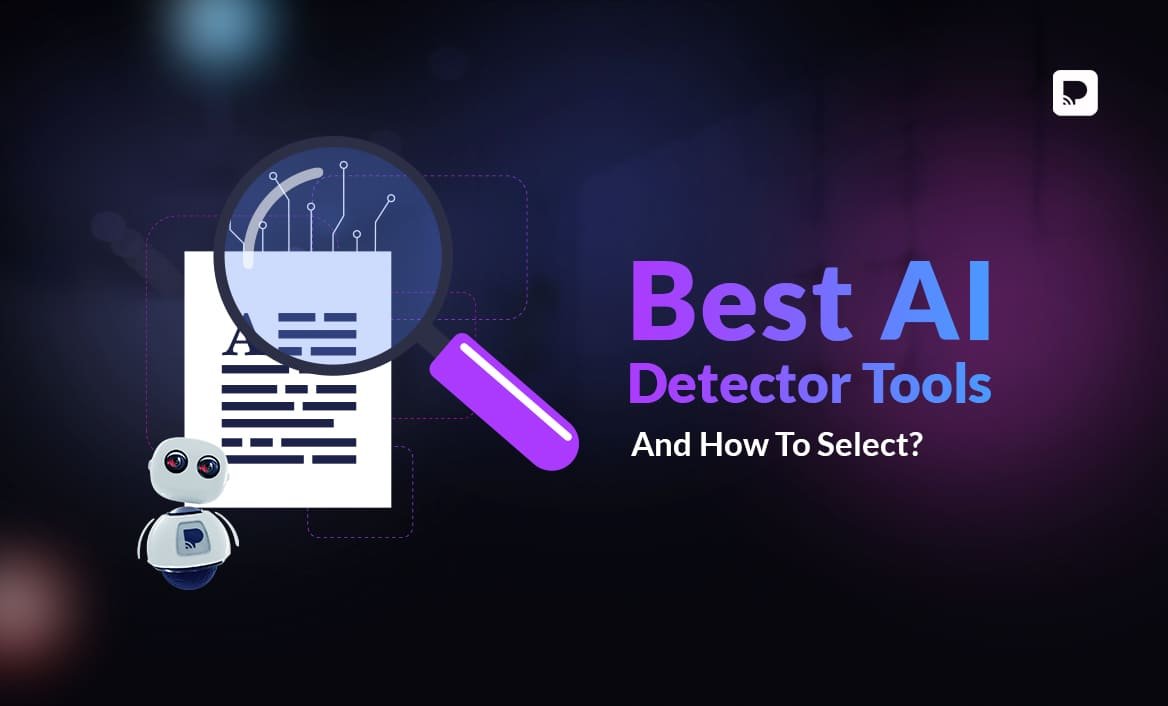In today’s era of digital ingenuity, artificial intelligence (AI) has emerged as both a marvel and a mystery. But as AI-generated content floods the web, classrooms, offices, and social media, a pressing question arises: how do we separate human-made from machine-made? Enter the unsung hero of this new frontier—the AI detector.
Understanding the AI Detector
It’s a digital gatekeeper—a clever system designed to analyze and distinguish whether a piece of content was created by a human or an artificial intelligence engine. These detectors use linguistic patterns, syntax structures, and probability models to determine the likelihood that AI was involved in content creation.
Imagine reading a poem and wondering if a human heart beat behind the words—or if it was simply lines strung together by an algorithm. AI detectors attempt to answer that question with remarkable precision.
Why AI Detection Matters
The rise of AI-generated content has opened doors to efficiency and creativity, but it has also birthed a storm of challenges. In education, students can now produce essays in seconds using AI writing tools. In journalism, fake news can be manufactured with polished, credible-sounding prose. On social media, AI-generated posts and images can manipulate public opinion or impersonate real people.
That’s where AI detectors become crucial. These tools serve as a digital truth serum, helping teachers, editors, and employers verify whether the material they’re reviewing stems from authentic human thought—or from lines of code.
How AI Detectors Work
AI detectors don’t just scan for keywords. They dig deep into the DNA of language. AI writing, on the other hand, can be overly structured, too formal, or too “perfect” to feel genuine.
Detectors assess a piece of content based on perplexity and burstiness. Perplexity measures how unpredictable the text is. If a sentence flows too predictably, it may suggest AI authorship. Burstiness looks at sentence variation—humans tend to write in varied bursts, while AI tends to create text with uniform rhythm. By analyzing these and other features, AI detectors can assign a probability score indicating the likelihood that content is machine-made.
Evolving with the Algorithms
As AI models like GPT-4 and beyond become more advanced and mimic human tone better, detectors must evolve accordingly. It’s an arms race in cyberspace—every new AI update demands a smarter detector.
The most sophisticated AI detectors are now integrating machine learning into their core. This means they learn from new content and improve their detection accuracy over time. Some even compare writing samples with previously submitted texts to detect stylistic discrepancies. As AI gets more creative, so too must the tools that detect it.
Practical Applications of AI Detection
The uses of AI detectors span a variety of fields:
- Education: Teachers can verify if assignments are student-written or AI-generated.
- Publishing: Editors can screen for originality and ensure that authors aren’t using bots to produce content.
- Legal: Lawyers may use detection tools to vet the authenticity of digital evidence.
- Marketing: Agencies can differentiate between real customer reviews and AI-generated testimonials.
In each of these contexts, the AI detector serves as a tool of integrity, helping preserve trust and transparency.
Ethical Questions Around AI Detection
While AI detectors are valuable, they raise important questions. Should people be penalized for using AI as a tool? Where is the line between assistance and deception? As AI becomes part of our everyday workflow, these questions will shape digital ethics moving forward.
Moreover, false positives—a human-written article being flagged as AI-generated—can be problematic, especially in academic or legal settings. That’s why transparency and improvement in detection tools are vital.
The Future of AI Detectors
Looking ahead, AI detectors will likely integrate with major platforms—think email clients, word processors, and content management systems. There might come a day when every document automatically gets an “authenticity rating” alongside grammar checks.
AI detection may even evolve to identify emotional depth, humor, and originality—traits that still largely remain in the human domain. Detectors might not just tell us what wrote the text, but how it was written, and whether it bears the hallmark of lived experience.
Final Thoughts
As we sail deeper into the ocean of artificial intelligence, the need for discerning navigators becomes clear. The aiチェッカ is that navigator—quietly scanning the waves of content, signaling whether a human soul or synthetic code is behind the words. It’s not here to halt innovation, but to protect authenticity in a world where machines speak fluently in human tongue.
In the evolving relationship between man and machine, the AI detector reminds us of one important truth: it’s not just about what we create, but how and why we create it.
